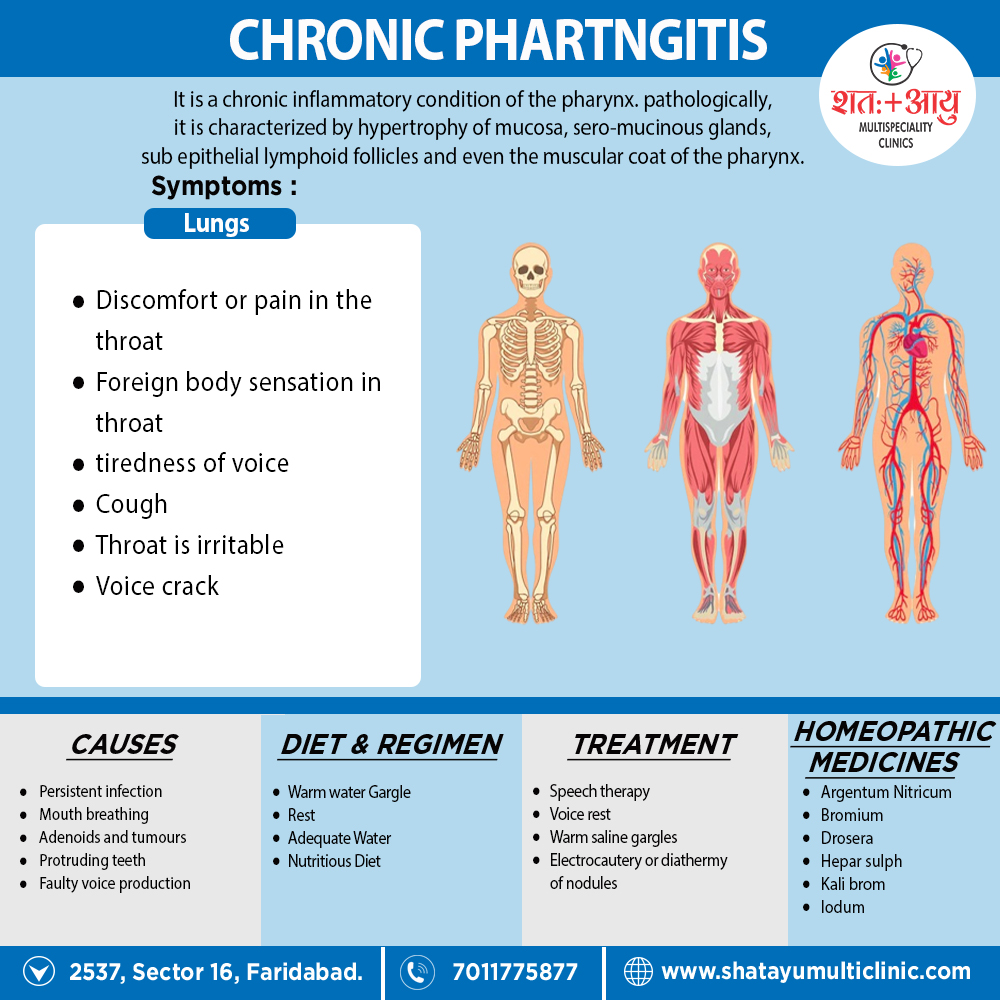Homeopathy treats the person as a whole. It means that homeopathic treatment focuses on the patient as a person, as well as his pathological condition. The homeopathic medicines are selected after a full individualizing examination and case-analysis,
which includes
- the medical history of the patient,
- physical also mental constitution,
- family history,
- presenting symptoms,
- underlying pathology,
- possible causative factors etc.
The disease diagnosis is important but in homeopathy, the cause of disease is not just probed to the level of bacteria and viruses. Other factors like mental, emotional and physical stress that could predispose a person to illness are also looked for. No a days, even modern medicine also considers a large number of diseases as psychosomatic. The correct homeopathy remedy tries to correct this disease predisposition.
The focus is not on curing the disease but to cure the person who is sick, to restore the health. If a disease pathology is not very advanced, homeopathy remedies do give a hope for cure but even in incurable cases, the quality of life can be greatly improved with homeopathic medicines.
The homeopathic remedies
The homeopathic remedies (medicines) given below indicate the therapeutic affinity but this is not a complete and definite guide to the homeopathy treatment of this condition. The symptoms listed against each homeopathic remedy may not be directly related to this disease because in homeopathy general symptoms and constitutional indications are also taken into account for selecting a remedy.
Aesculus Hippocampus
Dry, uncomfortable feeling in fauces and pharynx, a sense of constriction, with raw, either excoriated feeling or a sense of pricking and yet no swelling; frequent desire to swallow, uneasiness in deglutition; troublesome tickling cough, with constant hawking up of mucus which is not tenacious or stringy; fauces, vulva and back of pharynx dusky red, relaxed or swollen; tongue coated, feeling of general malaise also depression; catarrhal
irritation of gastro-intestinal mucous membrane, face sallow and digestion slow. ANGINA GRANULOSA IS HERE A MANIFESTATION OF THE HAEMORRHOIDAL DIATHESIS.
Alumina
FEELING OF A SPLINTER IN THROAT, stinging on swallowing; great dryness of throat, especially on awaking voice husky; additionally, constant hawking and a sensation of a lump in throat; thick mucus dropping from posterior nares; swallowing causes crepitation in ears; throat feels relaxed.
Ambragracia
Secretion of mucus in throat, with roughness and rawness, choking and vomiting can hardly be avoided when hawking up phlegm from the fauces; sensation of rawness in velum; foul breath.
Argentum Nit.
CHRONIC ANGINA; uvula and fauces dark-red; thick, tenacious mucus especially, in throat, obliging him to hawk, causing slight hoarseness; sensation as if a splinter had lodged
in throat, when swallowing, eructating, breathing, either stretching or moving neck; wart-like excrescences; dryness of throat on beginning to speak; burning also scraping.
Bromium
PHARYNGITIS CROUPOSA; small follicles in posterior fauces, the inflammation extending to larynx causes a titillating cough; fauces inflamed, with reticulated redness also denuded patches; husky tone of voice.
Drosera
Rough, dry, scraping sensation specifically, on soft palate and in fauces, inducing cough; pharyngeal anaemia; pharynx pale, discolored also blanched, often a premonitory symptom of tuberculosis pulmonum. [2]
Hepar Sulph
Chronic venous congestion of pharyngo-laryngeal mucous membrane; feeling of dullness also constriction in throat, with desire to swallow, but no pain during deglutition; throat
dry and raw, with sensation as if splinter pricked it, of a plug of mucus, which he must swallow or hawk up, mucus sometimes tinged with blood; tickling and harassing cough, dry or coughing up mucus.
Iodum
Croupous pharyngitis. Additionally, sharp burning in pharynx, with rawness extending into the air-passages; feeling of scraping in pharynx; fauces inflamed, with burning also dryness
from throat to stomach; swallowing impeded when drinking water, as if throat were constricted, with distressing thirst.
Kali Bromatum
Acute and chronic pharyngitis; CHRONIC CONGESTION OF FAUCES AND PHARYNGEAL MUCOUS MEMBRANE, follicles looking like little tubercles on pharyngeal wall; uneasiness also pain on swallowing; sensation of dryness, burning, rawness, a scraping feeling or sensation of something sticking in throat;
accumulation of sticky, tenacious mucus in pharynx, with tendency to hoarseness also tickling cough, difficulty of throwing off the stringy mucus; chronic nasal catarrh; tongue coated with a yellow mucus; bitter taste; tendency to nausea; gastric catarrh.
Kali Iod
CHRONIC PHARYNGITIS, stinging and painful pressure when either swallowing or talking; choking sensation as if something had lodged in throat, (>) after hawking up a piece of thick mucus. Lastly, boring, darting pains in ears.
Kali Mur
Pharyngitis, GREAT DEAL OF FOETOR IN BREATH, hawks up cheesy lumps of the size of a split pea; throat swollen, either spots or pustules appear with gray or whitish exudation; adherent crusts especially, in vault of pharynx; tongue coated grayish-white, slimy or dry; biliousness, dyspepsia, fatty or rich food causes indigestion. [2]

